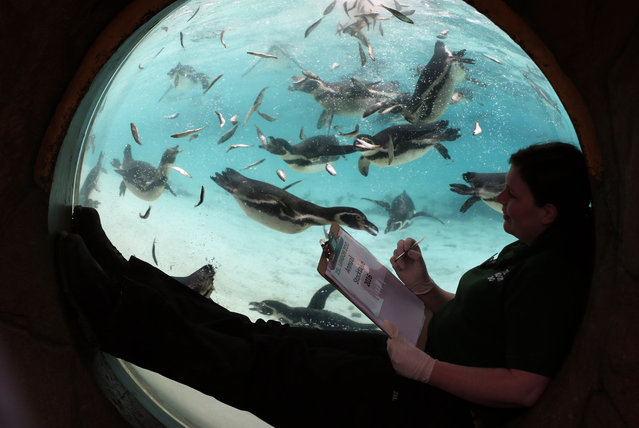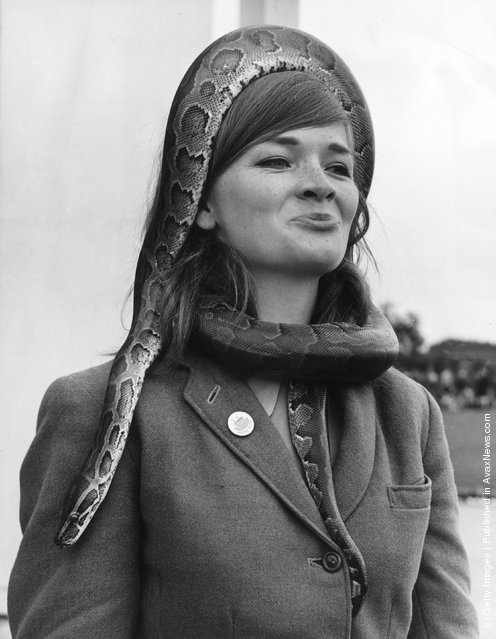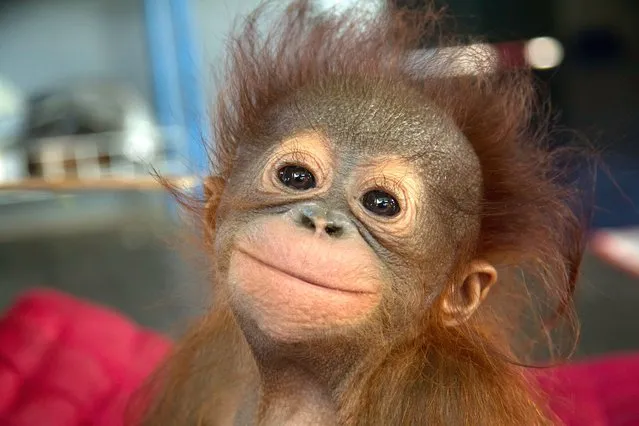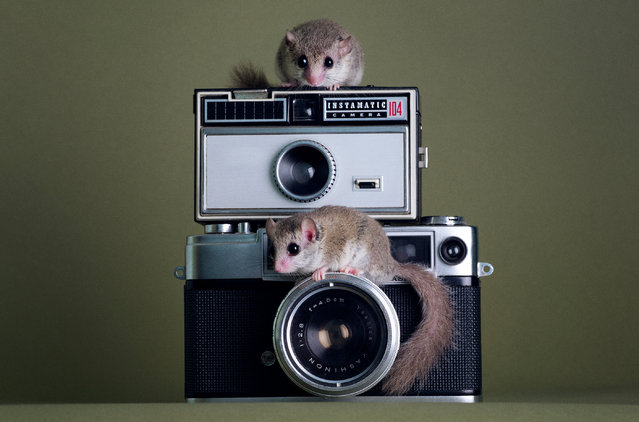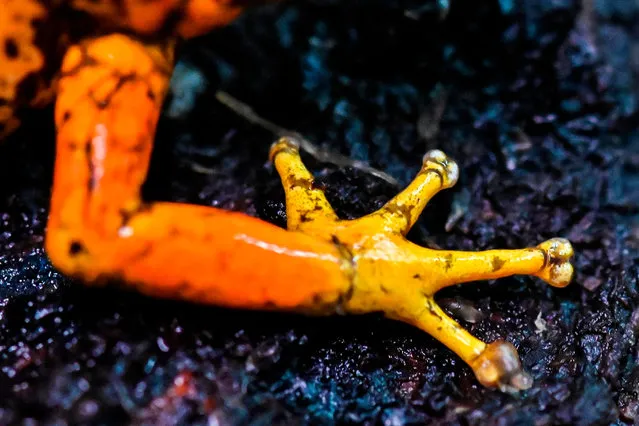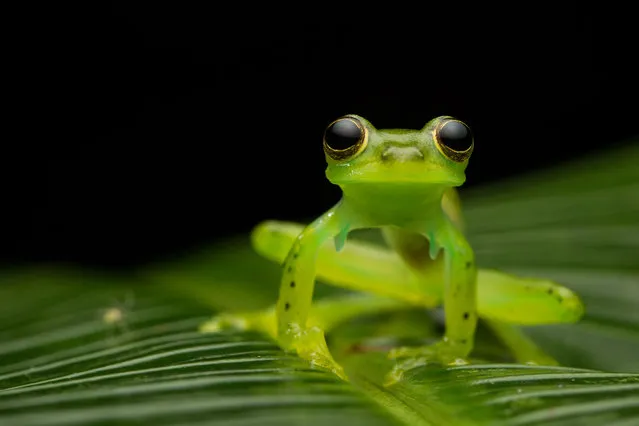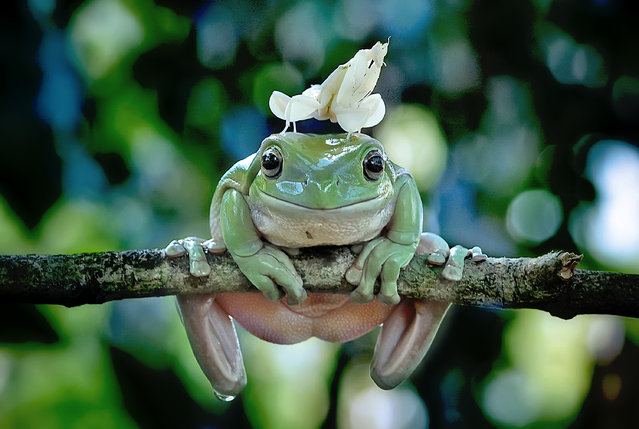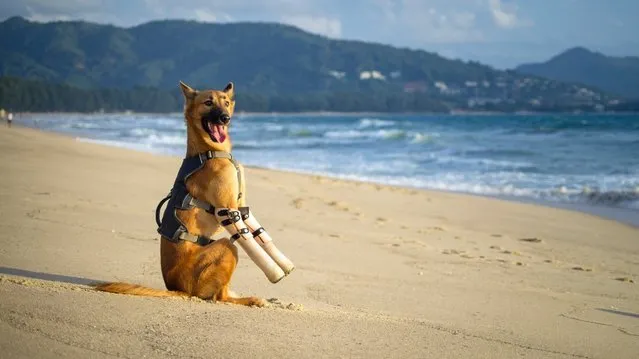
This is the moment a dog who had his legs cut off as a punishment, is able to walk again thanks to prosthetic limbs, and being rescued by John and Gill Dalley, a couple who moved to Phuket, Thailand, from Leeds to set up the Soi Dog Foundation, August 1, 2016. (Photo by Caters News Agency)
18 Aug 2016 11:27:00,post received
0 comments

